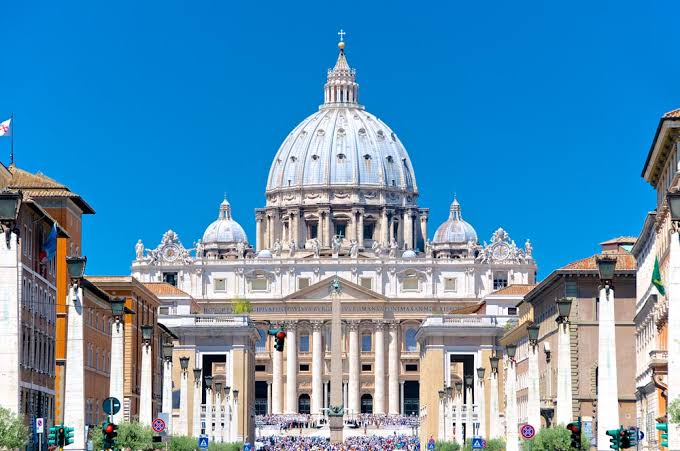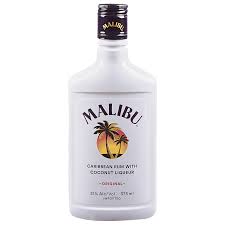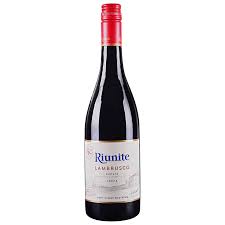138 Cardinals to Elect New Pope as Vatican Prepares for Conclave

Following the death of Pope Francis, the Catholic Church is preparing for one of its most sacred and time-honoured rituals — the election of a new pontiff.
Out of the current 252 cardinals worldwide, only 138 who are under the age of 80 will converge at the Vatican to participate in the papal conclave, the secretive and centuries-old process of choosing the next pope.
The conclave, expected to begin between 10 and 20 days after Pope Francis’ burial, will take place within the historic walls of the Sistine Chapel.
Cardinals aged 80 and above, including Uganda’s Cardinal Emmanuel Wamala, will not be eligible to vote, in line with rules established by Pope Paul VI in 1975.
The College of Cardinals, composed of senior bishops from across the globe, carries the immense responsibility of electing a new spiritual leader for the world’s 1.3 billion Catholics.
The process is cloaked in strict secrecy, with all participants cut off from the outside world.
Once the conclave begins, no communication devices, newspapers, or internet access are permitted until a new Pope is elected and publicly announced.
"The cardinals will convene and prepare the Sistine Chapel where the election takes place and they'll lock themselves there," explained Msgr. Lawrence Ssemusu, Chaplain of St. Charles Lwanga at Makerere University Business School (MUBS), in an interview with the Nile Post.
The ritual begins with a Mass celebrated in the morning. Afterwards, the Master of the Papal Liturgical Celebrations pronounces the solemn Latin command “Extra Omnes” — meaning “everyone out” — instructing all non-voters to leave the chapel. The doors are then sealed.
Voting is conducted through secret ballots, with each cardinal inscribing the words “Eligo in Summum Pontificem” — Latin for “I elect as Supreme Pontiff” — on their vote. Three scrutineers are appointed to count and verify each ballot.
"Each vote is read, showing how many each candidate has got, with hope that the necessary two-thirds majority is reached," Msgr. Ssemusu added.
Up to four rounds of voting can occur each day.
The world outside follows the process through a centuries-old smoke signal tradition: black smoke from the chapel's chimney indicates an inconclusive vote, while white smoke announces that a new Pope has been chosen.
"They will mix a chemical in the votes and when burnt, it will produce white smoke to signal that the new Pope has been elected," Msgr. Ssemusu explained.
However, the election is not official until the chosen cardinal accepts the role by writing the word “Accepto” — signifying his willingness to serve. He then selects a papal name under which he will be known throughout his pontificate.
The newly elected Pope is then dressed in traditional papal vestments, including a white cassock and the symbolic Fisherman’s Ring, representing the apostolic succession from Saint Peter.
This is followed by the adoration ceremony by fellow cardinals.
The culmination of the process is the public inauguration, held in St. Peter’s Square.
It is during this grand ceremony, attended by thousands of pilgrims and watched by millions around the world, that the new leader of the Catholic Church is formally introduced to the public.
The conclave remains one of the most revered and symbolically rich traditions in the Catholic Church — a process that has withstood the test of time and continues to captivate global attention.
Out of the current 252 cardinals worldwide, only 138 who are under the age of 80 will converge at the Vatican to participate in the papal conclave, the secretive and centuries-old process of choosing the next pope









0 Comments